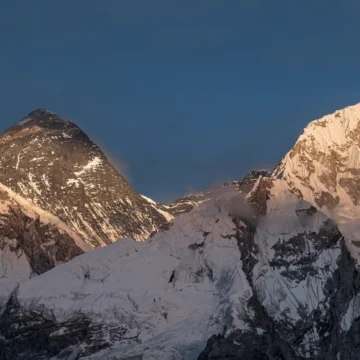
Tibetan Culture History, Dress, Food and Traditions
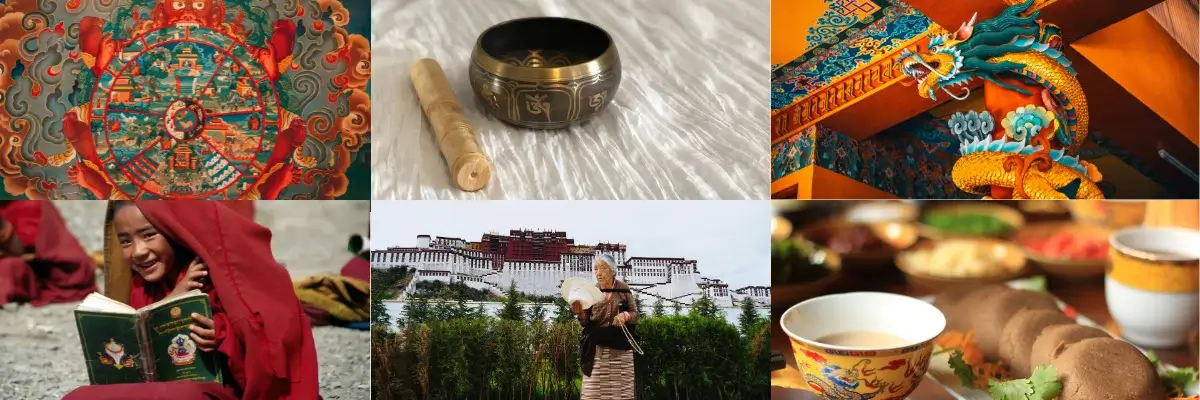
Table of Contents
What comes to you when you first think about Tibetan Culture? Probably the long cultural, foods, beautiful stone carved house and all these, right?
But there is a lot more than we think about the Tibetan Culture. In this article, we will provide a detailed explanation of Tibetan culture and its history and traditions.
How old is Tibetan culture?
Tibetan culture has existed for more than 1,300 years. Tibet started in the 7th century through the rule of King Songtsen Gampo as he unified Tibet. Tibet has evolved to establish its distinct music traditions and artistic forms, including numerous traditional festivals.
History of Tibetan Culture
The culture of Tibet extends over a long period of time. History of Tibetan Culture developed under the influence of religion, geography, and traditional practices. The establishment of Tibetan culture began during the 7th century when King Songtsen Gampo ruled Tibet. The Tibetan society formed its essential base on Buddhism after King Songtsen Gampo unified the country.
Tibet welcomed Vajrayana Buddhism as Guru Rinpoche (Padmasambhava) made his journey there in the eighth century. Establishments of monasteries supported Buddhism to firmly fuse with Tibetan cultural identity. Through the centuries, Tibet has established various unique customs, which include flying prayer flags, performing sky burials, creating thangka paintings, and enjoying traditional music performances.
Is Tibetan culture still alive?
Tibetan culture continues to thrive throughout all its ancient practices today. Modern Tibetan monasteries stay operational as traditional Buddhist prayer rituals, together with sacred festivals, continue to be the essence of everyday living. The act of faith involves both traditional Tibetan costumes and prayer wheel spins as well as mantra recitation.
Generations of Tibetans receive traditional Tibetan arts knowledge, especially Thangka painting, as well as music and dances. Even in exile, Tibetans preserve their language, religion, and customs. The people of Tibet enthusiastically observe both Losar (Tibetan New Year), which has major celebrations and Saga Dawa annually.
Tibetan People and Their Language
Most Tibetan people reside in Nepal, Bhutan, and northern India. The four geographical areas are Upper Mustang and Tsum Valley and Dolpo and Ladakh. Tibetans practice Tibetan Buddhism as their main religious affiliation because this faith guides their everyday activities.
The Tibetan population supports multiple practices that include animal husbandry alongside farming activities. They have specialized creative art techniques featuring thangka painting and carpet making. The Tibetan language lives within the Sino-Tibetan language family, while different dialects spread throughout Tibetan regions. Lhasa dialect is the most common Tibetan language.
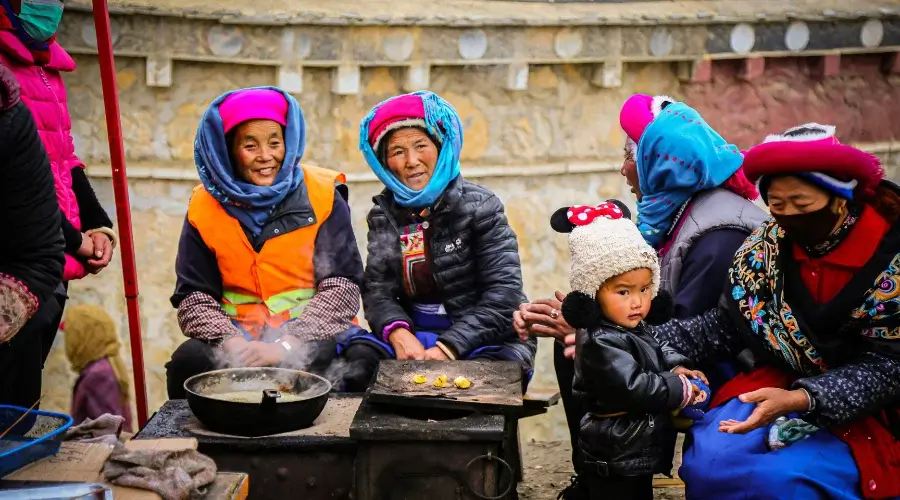
The Tibetan language is the fundamental part connecting the Tibetan community through different regions as many Nepali and Indian Tibetans study Nepali, Hindi or English plus their native Tibetan dialect.
Tibetan Traditions and Cultures
Tibetan culture continuously evolves from Buddhism, which controls people’s existence in every aspect of life. Prayer flags and monasteries, along with spinning prayer wheels, appear throughout the landscape. The practice of mantras, together with Buddhist practices, leads Tibetan people to a state of internal peace.
Tibetan culture expresses itself through paintings known as Thangkas, as well as traditional musical performances and traditional dancing displays. People in Tibet used the 7th-century Tibetan script to write both spiritual documents and everyday messages.
Tibetans celebrate festivals with great value as fundamental social traditions. The major festivals, Losar and Tibetan New Year celebrations are where people engage in prayer, followed by eating and dance performances. Tibetans honour three significant events from Buddha’s life during Saga Dawa. During the Shoton Festival, Tibetans both enjoy drinking yogurt and watching opera theatre productions.
Tibetan Culture After Death
A specific series of death-related adherence extends through Tibetan cultural traditions. The customs follow fundamental Buddhist practices about the law of karma and rebirth.
Sky Burial (Jhator)
Among all Tibetan death rituals, the sky burial stands out as the most widespread practice. The placement of bodies on elevated hills serves the vultures in Tibet who communicate the departed soul to heaven.
Religious monastery members conduct prayers just before interment. The practice represents the natural cycle of life through its act of feeding other life forms with dead bodies.
Water Burial
The practice of body placement occurs in rivers throughout certain areas. Critically, the practice of water burial comes into effect if the traditional sky burial becomes impossible. After performing a respectful burial, the pieces of the body are given to the fish.
Through this funeral practice, Buddhists manifest their belief that both giving and liberation are essential principles of their religion.
Cremation
Another choice exists in cremation, although this method is rarely practised. Monks perform chanting ceremonies when they burn the deceased body. The cremated body remains can be preserved in small shrines called stupas or distributed at sacred locations.
Mummification and Stupa Burial
Certain distinguished lamas and monks undergo the process of becoming mummified. Prayers emerge from people who visit shrines to worship at monasteries where well-preserved bodies of the deceased rest in stupas.
Bardo
According to Tibetan Buddhist beliefs, the soul moves to Bardo, which exists between death and rebirth. This period lasts 49 days. Members of the family, as well as monks, perform ceremonies to guide the soul toward a superior opportunity in its next life.
Tibetan Art and Religion
As an art form, Tibetan traditions trace its roots to Buddhist religious influences, which manifest through Mandalas and Thangka paintings with deity statue creations. Thangkas function as essential religious scroll paintings in Tibetan culture since devotees use them for meditational purposes as well as sacred rituals.
Every form of artwork contains different subjects from Buddha’s life, in addition to bodhisattvas and Tibetan Buddhist gods, which symbolize Tibetan beliefs and teachings. Tibetan Buddhism functions as the primary faith in the region, so it serves as the foundational element of Tibetan culture.
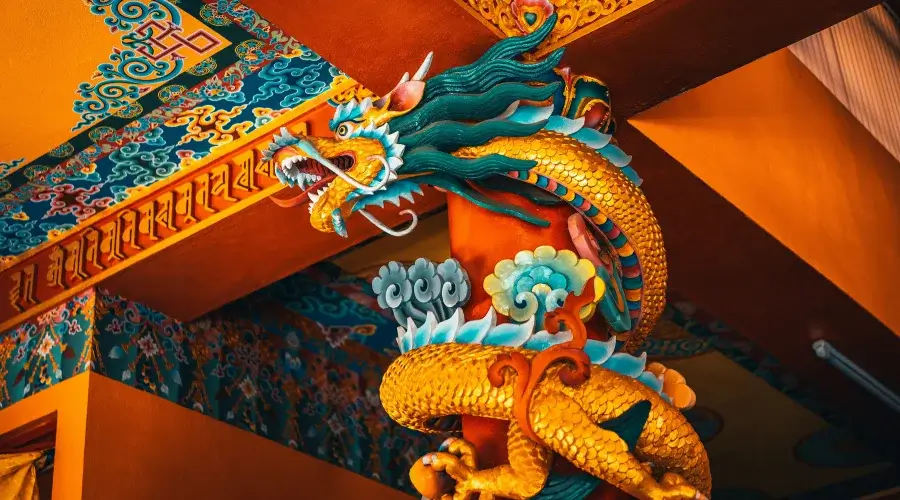
All everyday aspects of life receive their influence from Tibetan Buddhism, which extends into the design of spiritual structures and sacred observances of the population. The daily life in Tibet centres on Tibetan Buddhist practices, which include prayer wheels and mantras, as well as meditation.
Tibetan Cultural Dress
The traditional clothing designs of Tibet exist as an essential expression of Tibetan cultural heritage. The clothing design shows both the severe Himalayan climate conditions and the traditional Tibetan way of life.
The creators use wool, yak hair and leather to produce garments that shield the wearer from extreme cold conditions. The following details explain Tibetan apparel in its entirety:
Chuba Traditional Outerwear
Tibetans consider the Chuba to be their most beloved traditional clothing item. This sleeveless garment extends to the knees and exists in two main forms of wool and silk fabrics suitable for both genders. They also wear Dhocha and Bhakku.
Worn with a wide belt that is used for waist fastening, the chuba has long sleeves that provide protection against cold conditions. During the winter season, Tibetan men use thick versions of the chuba outerwear to guard against extreme temperatures.
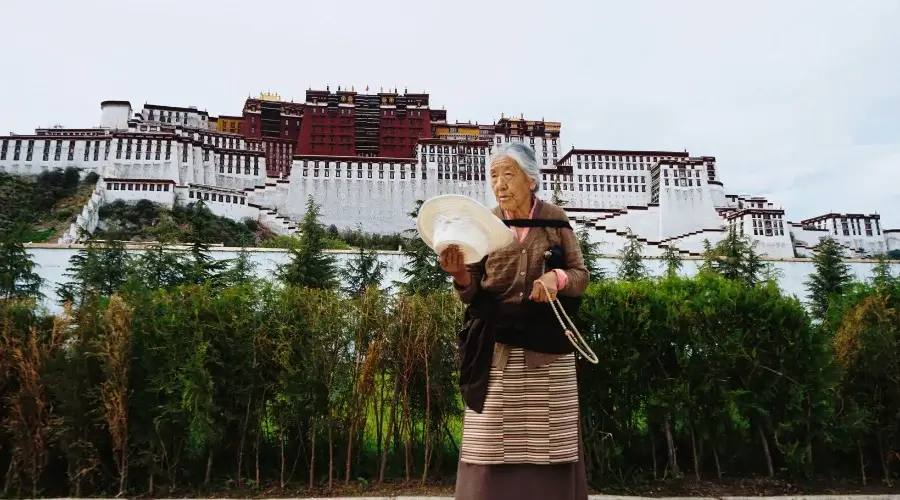
Tibetan clothing presents itself in various looks thanks to different styling options that match both regional customs and celebration types. Various chubas bear embroidered patterns and graphic designs that serve as social indicators of wealth and social position.
Inner Layers
The chuba layers protect the body with a tunic and a matching shirt as another layer. The women wear skirts as an outer layer. During the colder winter season, people in Tibet love to dress in multiple layers of clothing. The internal clothing items that Tibetans wear consist of soft wool or cotton as insulation material.
Headwear
Tibetan headwear varies across regions. Among the traditional headwear choices, the Dum-Tshang stands as the most popular fur hat that men specifically use in chilly territories. Tibetan women throughout some regions adorn their hats using turquoise jewellery and golden decorative elements.
Jewellery
Tibetan traditional clothing items frequently include decorations with traditional jewellery elements attached to them. Turquoise coral and amber jewellery are part of Tibetan traditions, as people show these items in necklaces together with bracelets and earrings.
Traditional Tibetan women wear the circular choker necklace that typically uses large beads as an essential piece of their dress routine.
Footwear
The traditional footwear in Tibetan clothing includes boots, which serve both warmth and protection requirements for mountain living. The footwear is manufactured from either leather products or felt. The landscape supports Tibetan people who wear basic leather footwear along with simple slippers.
Tibetan Festive Clothing
During festivals like Losar (Tibetan New Year), Tibetans wear their finest clothes. Women wear vibrant outfits like sari that combine exquisite silk chubas with beautifully made decorations. The male population tends to choose chubas with ornate decorations for special occasions.
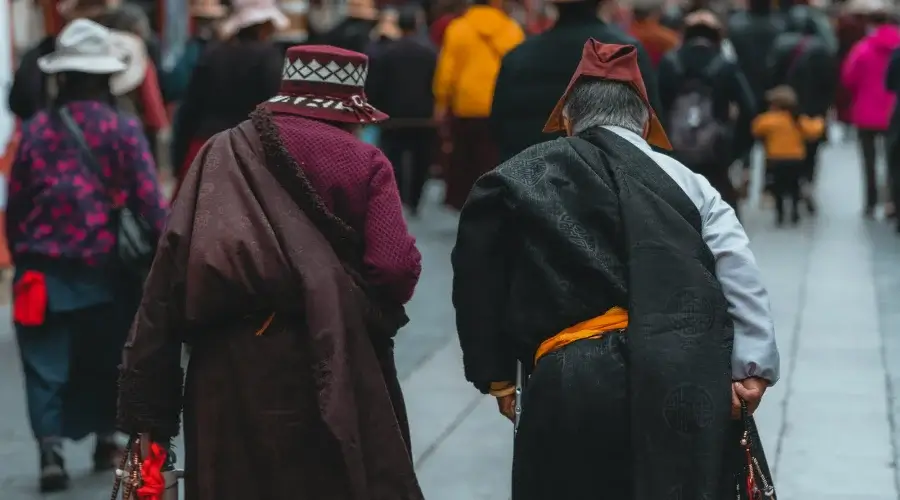
People embellish their festive outfits with turquoise jewellery along with their best boots and headgear. The rich Tibetan clothing also signifies one’s financial status together with their social standing within the culture and religious bond.
Tibetan Local Food One Must Try
The weather and elevation conditions in Tibet determine how its traditional food is made. We have made a list of Tibetan local food that one must try:
Mo:Mo
Regardless of the cooking method, Momos are dough pockets that contain either meat or vegetable filling. The people of Tibet believe Momos are among the traditional treats that are widely popular throughout the region. Momos is a traditional Tibetan food dish. They pair with spicy dipping options, which makes them a signature cultural food.
Thukpa
Thukpa is a Tibetan noodle soup. It contains meat ingredients combined with vegetables and noodles. Cold climate conditions make this filling dish an ideal choice for comfort and warmth.
Tsampa
Tsampa is the traditional roasted barley flour that people use as a staple food in Tibet. The mixture of Tsampa with butter tea forms a dough that can be consumed. The dish serves as an energy source that people commonly consume at morning meals.
Butter Tea (Po Cha)
Butter tea is a mix of salt and yak butter and may also have milk in its preparation. The Tibetan people use this food as both a cultural symbol and essential nourishment, which they consume throughout their daily lives.
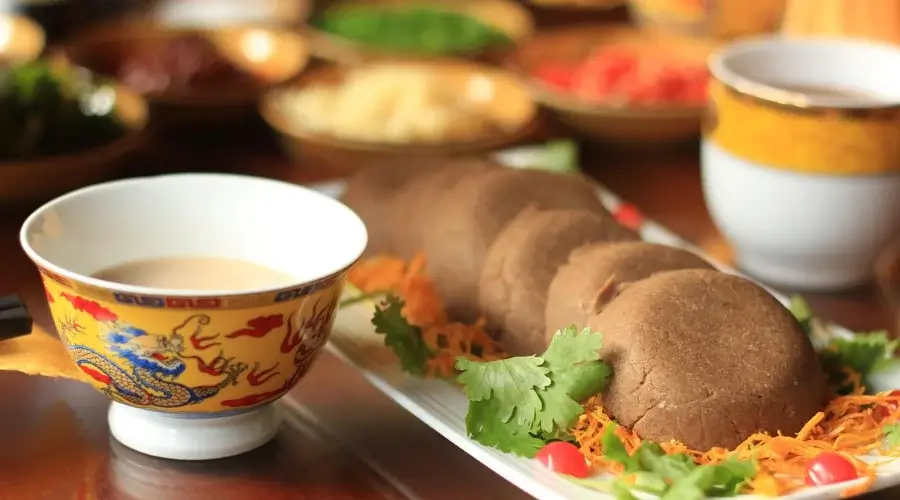
Yak Meat
The people of Tibet generally eat yak meat because yaks exist naturally throughout their territory. Yak meat gets dried before smoking, after which it undergoes cooking and is transformed into stew dishes.
Chura
In Tibetan culture, Chura is an authentic dairy product that got its start through the transformation of yak milk. Traditionally, crumbled shredded chura finds its place as a soup enhancer and a bread and tsampa enhancer. The food item contains a faint saltiness that helps enrich culinary dishes.
Chhyang
The Tibetan people make their alcoholic beverage Chhyang by fermenting barley ingredients. The Tibetan people drink Chang on social occasions as this beverage maintains its popularity throughout rural regions of Tibet.
Khatta
Khatta is a steamed rice dish composed of vegetables and occasionally containing meat components. The traditional comfort food serves Tibetans both at domestic tables and at celebratory events.
Greetings in Tibetan Traditions
Traditional greetings within Tibetan society are essential in showing both respect and affection. “Tashi Delek” is the primary traditional greeting in Tibetan culture and expresses either good fortune or blessings to the recipient. By using this phrase, people express their desire for happiness and prosperity to come to other individuals.
People in Tibetan society routinely use hand positions resembling prayers to greet others as an expression of both respect and good wishes through gestures that they call “Namaste” or “Ngamo“.
Tibetan people greet each other through the unusual gesture of sticking out their tongues, which is called sticking tongues in Tibetan culture. Tibetans perform the tradition of sticking their tongues out to greet people, especially during relaxed, casual gatherings.
Since the 9th century, Tibetans have used this tradition to show their innocence by sticking their tongues were not evil black like those of claimed demons.
Influence of Tibetan Culture in Nepal
The Tibetan cultural traditions strongly influence Nepal, especially within regions that border directly with Tibet. The Tibetan cultures and practices maintain their strength deeply in two leading regions, the Upper Mustang and Tsum Valley.
Residents in this region maintain the Tibetan language while practicing sky burial rituals and celebrating Tibetan New Year, as well as producing Thangka paintings. The community residing in Tsum Valley maintains Tibetan customs as a part of their heritage with great national pride in the northern region of Nepal. Tsum Valley is a sacred Himalayan area in which Tibetan Buddhist customs flourish as they have for generations.
Beautiful monasteries Rachen Gompa and Mu Gompa exist in this region and follow Tibetan Buddhist teachings while its residents enthusiastically observe cultural events, especially Losar. People in Tsum Valley retain their strong Tibetan cultural heritage through traditional Tibetan home design and dress together with their traditional way of living.
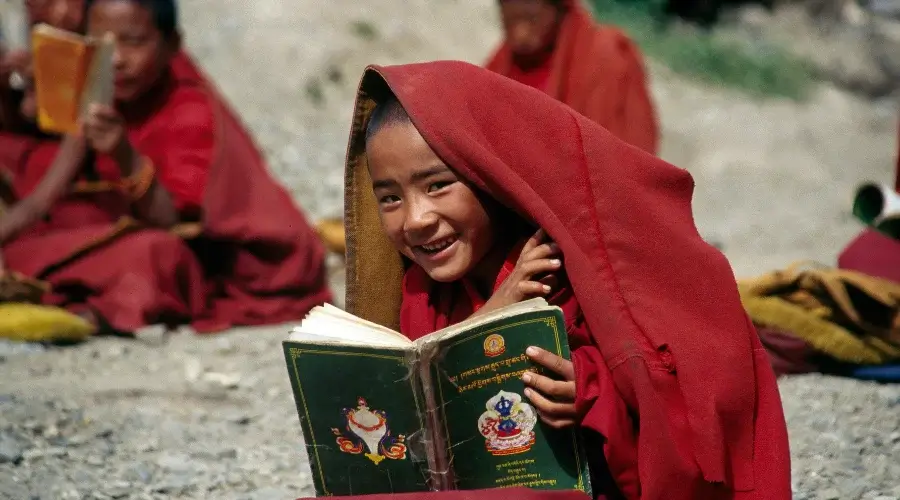
The Tibetan influences are substantial in various Nepalese districts, including Dolpo and Helambu, and the mountaineering destination Solukhumbu, which is in the region that contains Everest. Three main ethnic groups with Tibetan Buddhist faith live in these territories: the Sherpas, Tamang, and Dolpa communities.
Tibetan food, together with clothing traditions and spiritual customs, significantly contribute to the daily existence of the residents. Local communities in Tibet maintain ancient customs while spreading Tibetan monasteries, prayer flags, and stupas across their lands to show tourists detailed knowledge about Tibetan traditions.
Tibetan House Architectures
The typical traditional Tibetan house consists of two floors. Building foundations at the lower level commonly include stone and mud bricks for outstanding protection from freezing temperatures. The top floor uses wooden construction together with a sloping roof structure, which helps defend against rain and snow accumulation.
The windows of Tibetan houses are small in size to reduce energy loss, while the thick walls protect against extreme winter cold. Inside Tibetan residential spaces, one can observe the practical characteristics that correspond to typical daily routines. The lower floor houses kitchen areas together with storage locations, yet the upper floor is space for both living and sleeping activities.
The centre of Tibetan domiciles contains either a central fire pit or a heating stove dedicated to cooking and heating purposes. Wooden structural beams, together with decorative carvings, can be discovered throughout many Tibetan dwelling interiors.
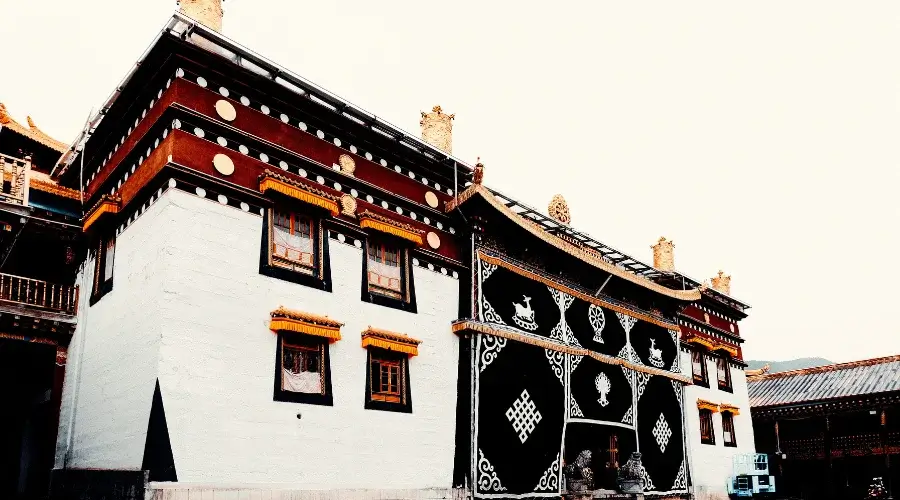
Altar rooms have spaces for Buddhist deities together, and ancestor worship exists in Tibetan houses as a spiritual element. These holy areas of worship demonstrate the fundamental link that exists between spiritual faith and routine household activities.
The homes in Upper Mustang, Tsum Valley and Dolpo areas have defensive stone structures built with thick stone walls and minimized interior spaces. The purpose of these historical constructions was to shield from enemy forces and protect residents during severe climatic conditions.
Want to know more?
Speak to an Expert





Sandip Dhungana
Nepal 🇳🇵
Whatsapp: +977-9823636377

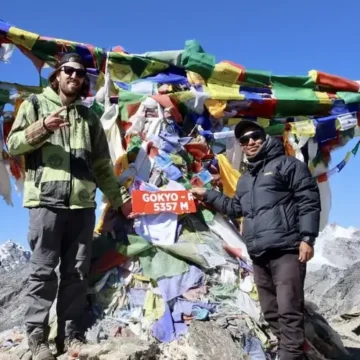
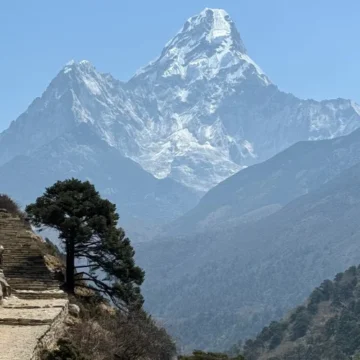
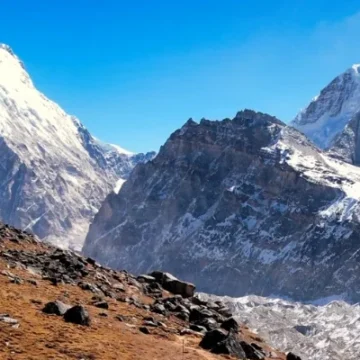
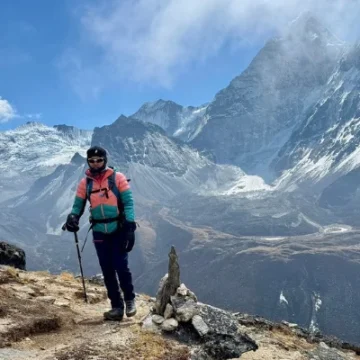
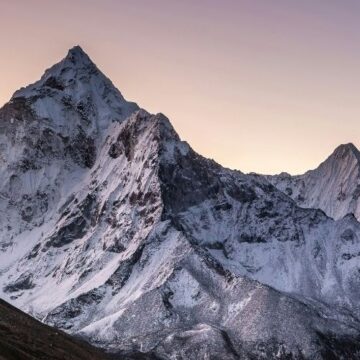
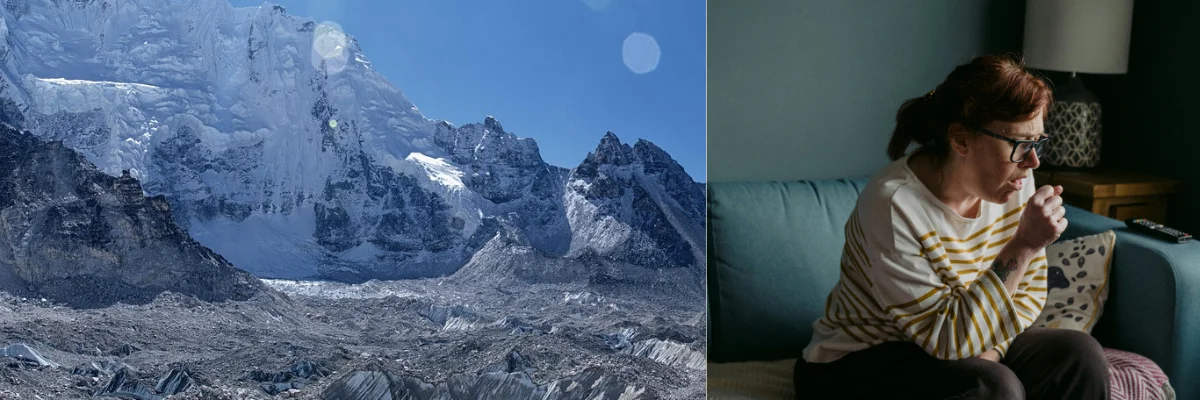
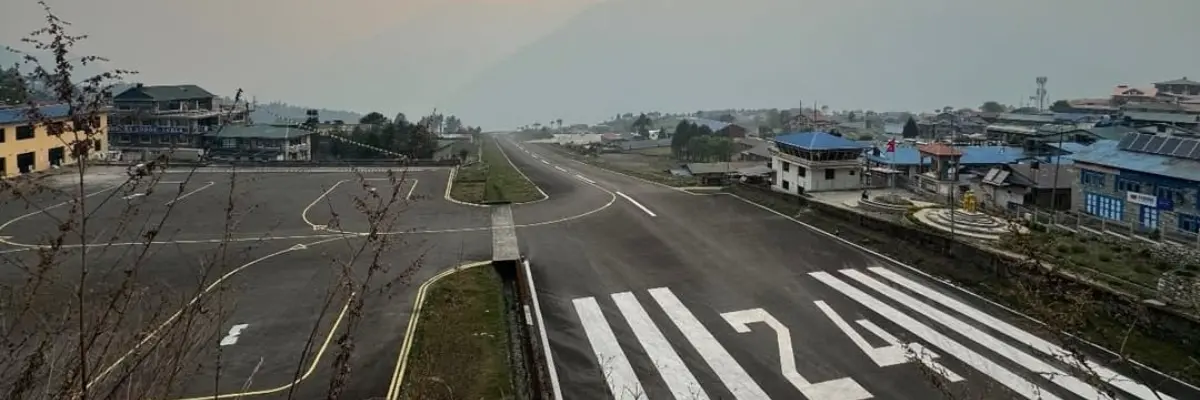

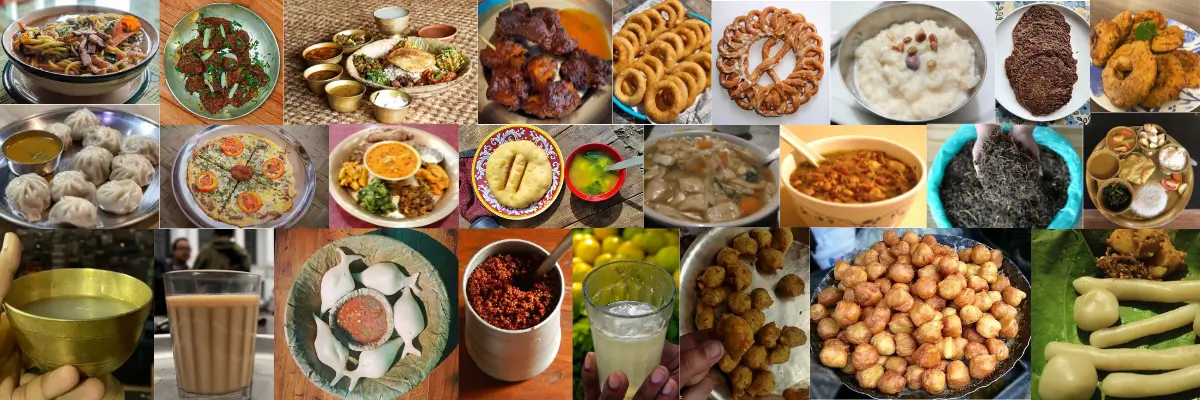
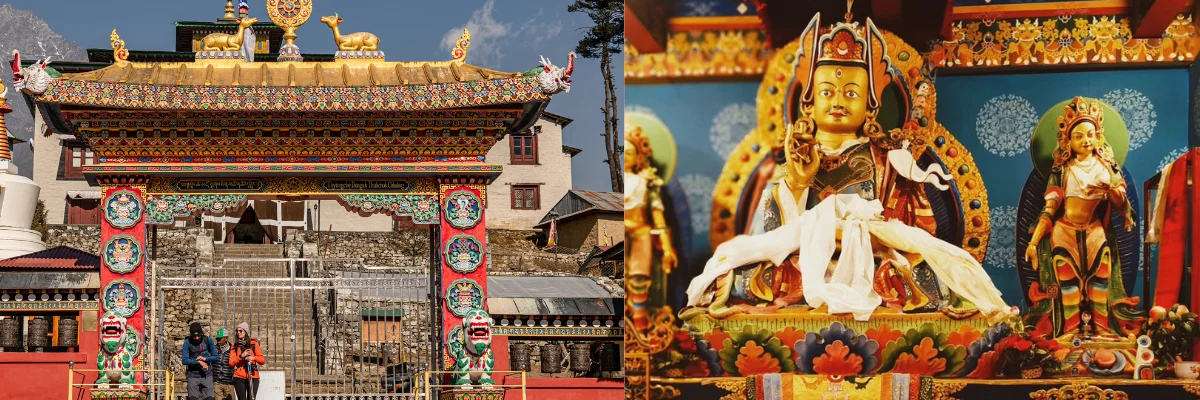
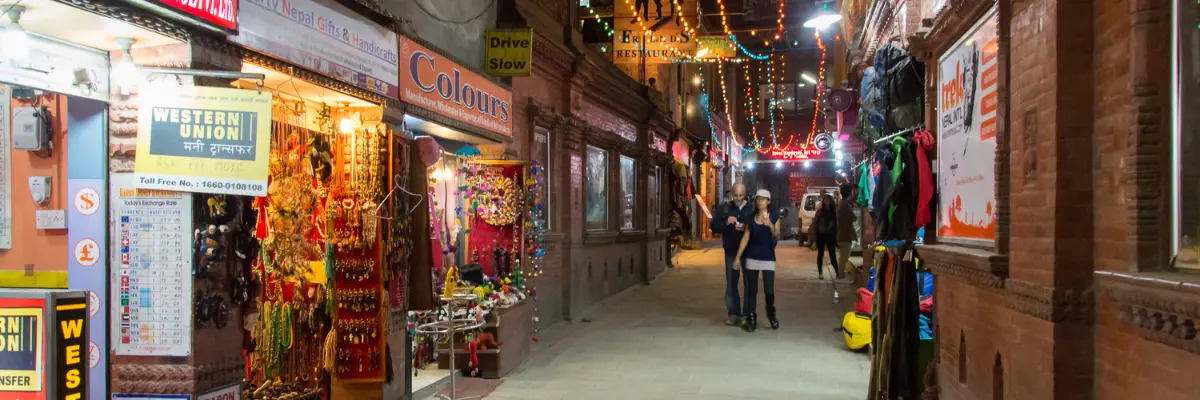
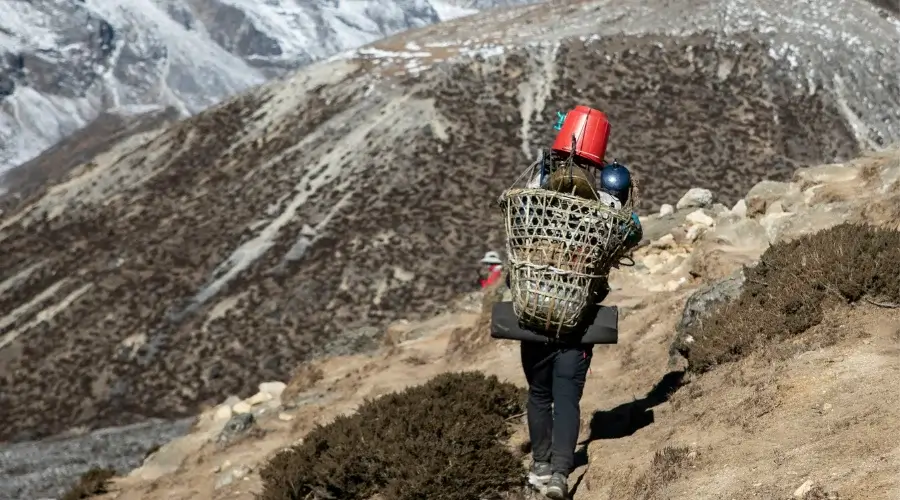
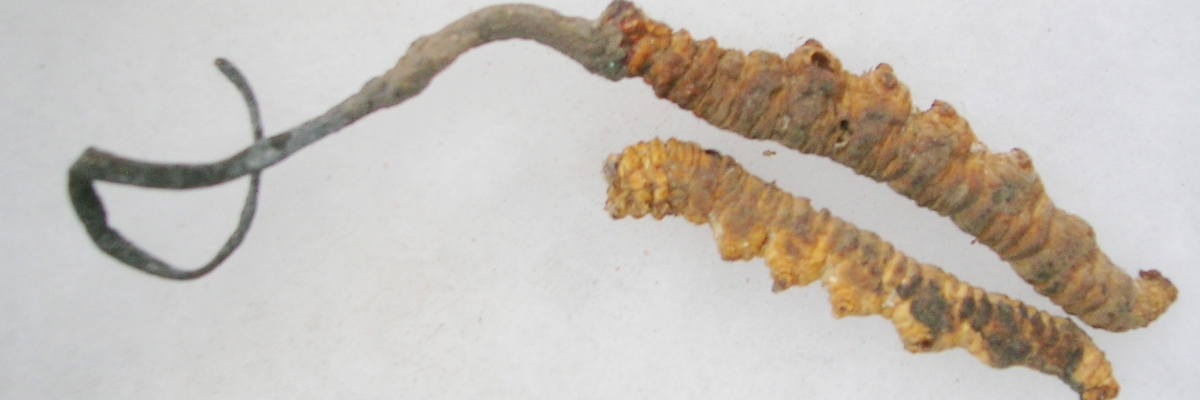









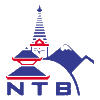


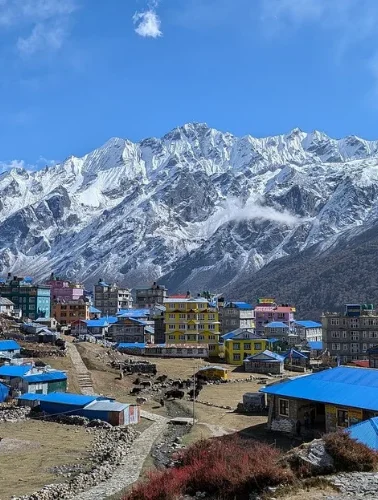

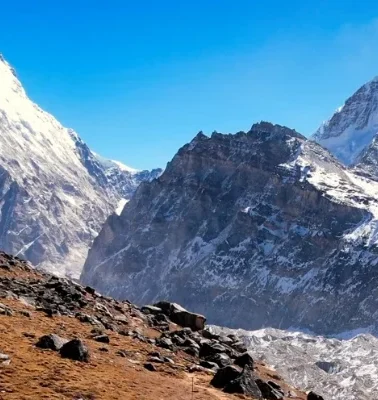
Leave Your Comment